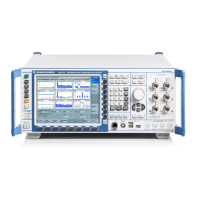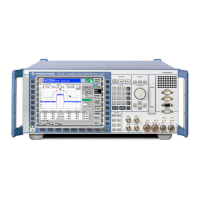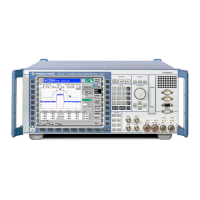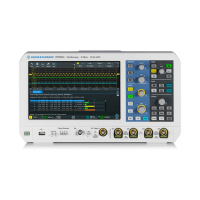System Overview
R&S
®
CMW500
58User Manual 1173.9463.02 ─ 06
ment intervals, the instrument has collected n complete traces, corresponding to n mea-
surement results at each point.
The different statistics types are calculated as follows:
●
Current: the current trace, i.e. the last result at all measurement points
●
Minimum: the smallest of the n collected values at each measurement point
●
Maximum: the largest of the n collected values at each measurement point
●
Average: a suitably defined average over all collected values at each measurement
point
●
Standard Deviation: the root mean square deviation of all collected values at each
measurement point from the "Average" value
Fig. 3-1: Statistics Types
Differences between statistical calculations
Minimum/Maximum and Average results are calculated differently if the measurement
extends over more than one statistics cycle (repetition mode "Continuous", measurement
time longer than one statistics cycle):
●
The "Minimum" and "Maximum" values represent the smallest and largest values ever
measured.
●
The "Average" result is referenced to the last statistics cycle.
The statistics type of the displayed trace generally belongs to the display configuration
settings in the measurement configuration dialogs. For single measurement results, the
R&S CMW500 often displays a table with all statistics types.
The statistics type is often combined with detector settings.
3.2.4.2 Detectors
The detector setting specifies how a single measurement result is calculated from a set
of adjacent measurement points:
●
RMS: The displayed result represents the RMS average (e.g. the mean power) in a
specified measurement interval. Over-estimation of stochastic signals (noise) is avoi-
ded.
Measurements
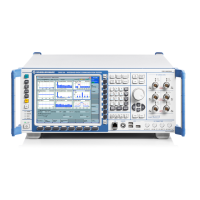
